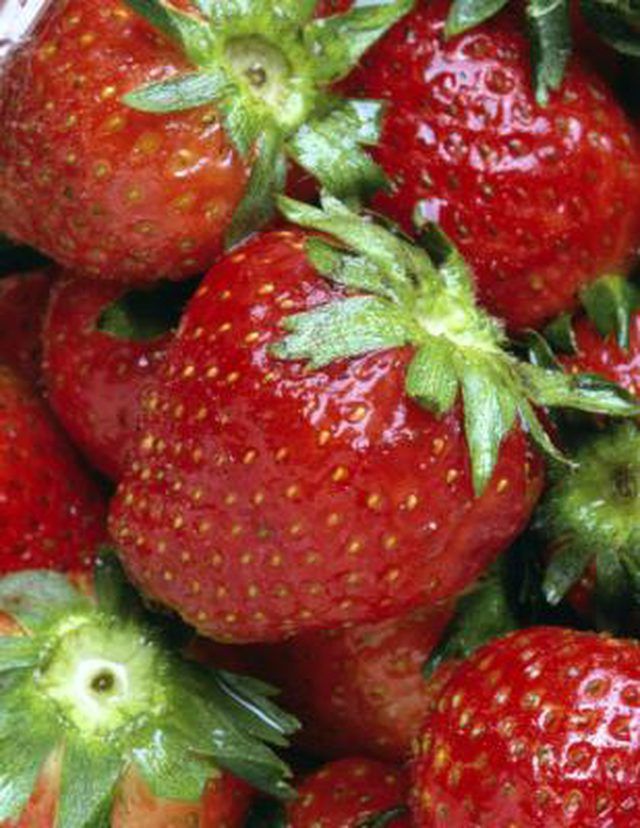Bulbs
Flower Basics
Flower Beds & Specialty Gardens
Flower Garden
Garden Furniture
Garden Gnomes
Garden Seeds
Garden Sheds
Garden Statues
Garden Tools & Supplies
Gardening Basics
Green & Organic
Groundcovers & Vines
Growing Annuals
Growing Basil
Growing Beans
Growing Berries
Growing Blueberries
Growing Cactus
Growing Corn
Growing Cotton
Growing Edibles
Growing Flowers
Growing Garlic
Growing Grapes
Growing Grass
Growing Herbs
Growing Jasmine
Growing Mint
Growing Mushrooms
Orchids
Growing Peanuts
Growing Perennials
Growing Plants
Growing Rosemary
Growing Roses
Growing Strawberries
Growing Sunflowers
Growing Thyme
Growing Tomatoes
Growing Tulips
Growing Vegetables
Herb Basics
Herb Garden
Indoor Growing
Landscaping Basics
Landscaping Patios
Landscaping Plants
Landscaping Shrubs
Landscaping Trees
Landscaping Walks & Pathways
Lawn Basics
Lawn Maintenance
Lawn Mowers
Lawn Ornaments
Lawn Planting
Lawn Tools
Outdoor Growing
Overall Landscape Planning
Pests, Weeds & Problems
Plant Basics
Rock Garden
Rose Garden
Shrubs
Soil
Specialty Gardens
Trees
Vegetable Garden
Yard Maintenance
How to Grow the Best Tasting Strawberries
How to Grow the Best Tasting Strawberries. Whether gardening is your passion or just another chore, save a spot in your plot for strawberries. Commercial strawberries are often grown in large greenhouses and lack the sweetness and depth of flavor present in berries plucked from your own garden. Strawberries are fairly hearty plants, and even...

Whether gardening is your passion or just another chore, save a spot in your plot for strawberries. Commercial strawberries are often grown in large greenhouses and lack the sweetness and depth of flavor present in berries plucked from your own garden. Strawberries are fairly hearty plants, and even inexperienced gardeners can grow the best tasting strawberries in town.
Things You'll Need
Rototiller
Compost
Trowel
Rake
Garden shears
Hose
10-10-10 fertilizer
Choose a gardening plot that gets good sunlight and has proper drainage. Too much water will damage your plants, so pick a spot with a gentle slope to filter away excess moisture. If your garden area is prone to standing water, plant your strawberries in raised garden pots.
Use a rototiller to break up the soil as soon as the ground thaws in early spring. Spread a layer of compost over the soil, tilling it to a depth of approximately 12 inches. Pull out weeds and remove large rocks that will hamper planting.
Dig a six-inch wide hole for each plant, scooping out enough soil to fully accommodate the root ball. Nestle the plant in the hole, gently packing the soil around the roots with your hands. Place your next plant 18 inches down the row from the first, spacing your rows 4 feet apart for maximum growth. This planting method is known as matting, and works well for most types of strawberries.
Snip off flowers during the first growing season in June. Trimming back the flowers encourages the roots to take hold and promotes runners to spread from the base of the plant.
Water your plants every few days. The soil should be damp, but not waterlogged enough to leave standing puddles.
Pick strawberries from the vine when they are soft and deep red in color. The berry should be an even shade of red from stem to tip. If the berry is still green near the stem, leave it on the vine for a few more hours for the best tasting strawberries.
Fertilize the soil around the plants at the end of the growing season. Spread a layer of 10-10-10 fertilizer around each plant, and water the soil to force the fertilizer down to the roots. This gives the plants plenty of nutrients to promote growth after winter dormancy.